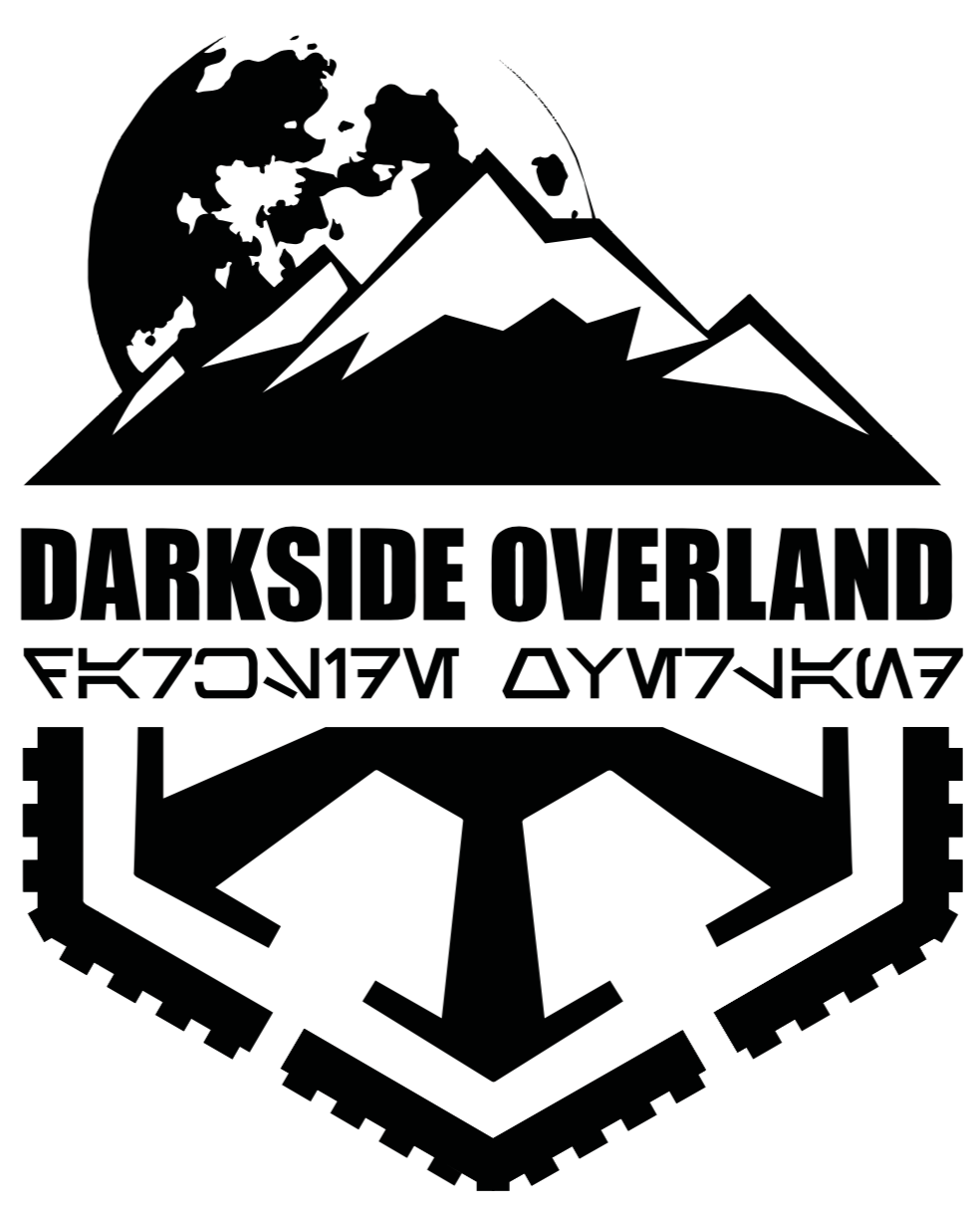Overlanding, the adventurous activity of traveling long distances across various terrains with off-road vehicles, has gained immense popularity in recent years. However, one of the major challenges faced by overlanders is staying connected, especially in remote areas where traditional communication methods fall short. The introduction of Starlink, Elon Musk’s ambitious satellite internet project, has the potential to revolutionize overlanding communication, providing a reliable and high-speed internet connection even in the most isolated corners of the world.
The Challenge of Connectivity in Overlanding
Overlanding enthusiasts are often drawn to the allure of escaping the confines of modern society and immersing themselves in the beauty of nature. However, this desire for remote exploration comes at the cost of limited connectivity. Traditional options like cellular networks and Wi-Fi hotspots are often nonexistent in the wilderness, leaving overlanders without the means to communicate with the outside world or access vital online resources. This connectivity dilemma poses a significant challenge for those who rely on continuous communication or require access to navigation tools and emergency services.
Furthermore, overlanders often find themselves in areas with limited or no cell coverage, making it difficult to stay connected with family and friends or access important information. In emergency situations, the inability to contact rescue services promptly can be life-threatening. These challenges have sparked a search for a solution that can bridge the communication gap and provide a reliable connection in even the most isolated regions.
How Starlink is Revolutionizing Overlanding Communication
Enter Starlink, the brainchild of SpaceX, which aims to deploy a vast network of satellites in low Earth orbit to provide high-speed, low-latency internet access to every corner of the globe. Overlanders are turning their attention to this groundbreaking technology as a potential game-changer for their communication needs. With Starlink’s constellation of satellites, users can access the internet with speeds comparable to, and in some cases surpassing, traditional terrestrial connections.
The compact Starlink user terminal is easily mountable on vehicles, making it an ideal solution for overlanding. This terminal communicates with the Starlink satellites overhead, bypassing the need for ground-based infrastructure. As long as there is a clear line of sight to the sky, overlanders can establish a reliable connection, regardless of their location.
Apart from enabling communication, Starlink also addresses the need for navigation assistance in remote areas. Many overlanders rely on GPS navigation systems, which often require an internet connection for real-time updates. With Starlink, overlanders can ensure accurate and up-to-date navigation guidance, eliminating the risks associated with outdated maps or unreliable signals.
As overlanding continues to captivate adventure enthusiasts worldwide, the need for reliable connectivity becomes increasingly crucial. Starlink offers a promising solution to the longstanding connectivity dilemma faced by overlanders. With its ability to provide high-speed internet access in even the most remote locations, Starlink has the potential to transform the way overlanders communicate, navigate, and access vital online resources. As the technology evolves and coverage expands, overlanding can become a more connected and safer experience, enabling enthusiasts to explore the world’s most remote and beautiful corners without sacrificing communication with the outside world.

0 Comments